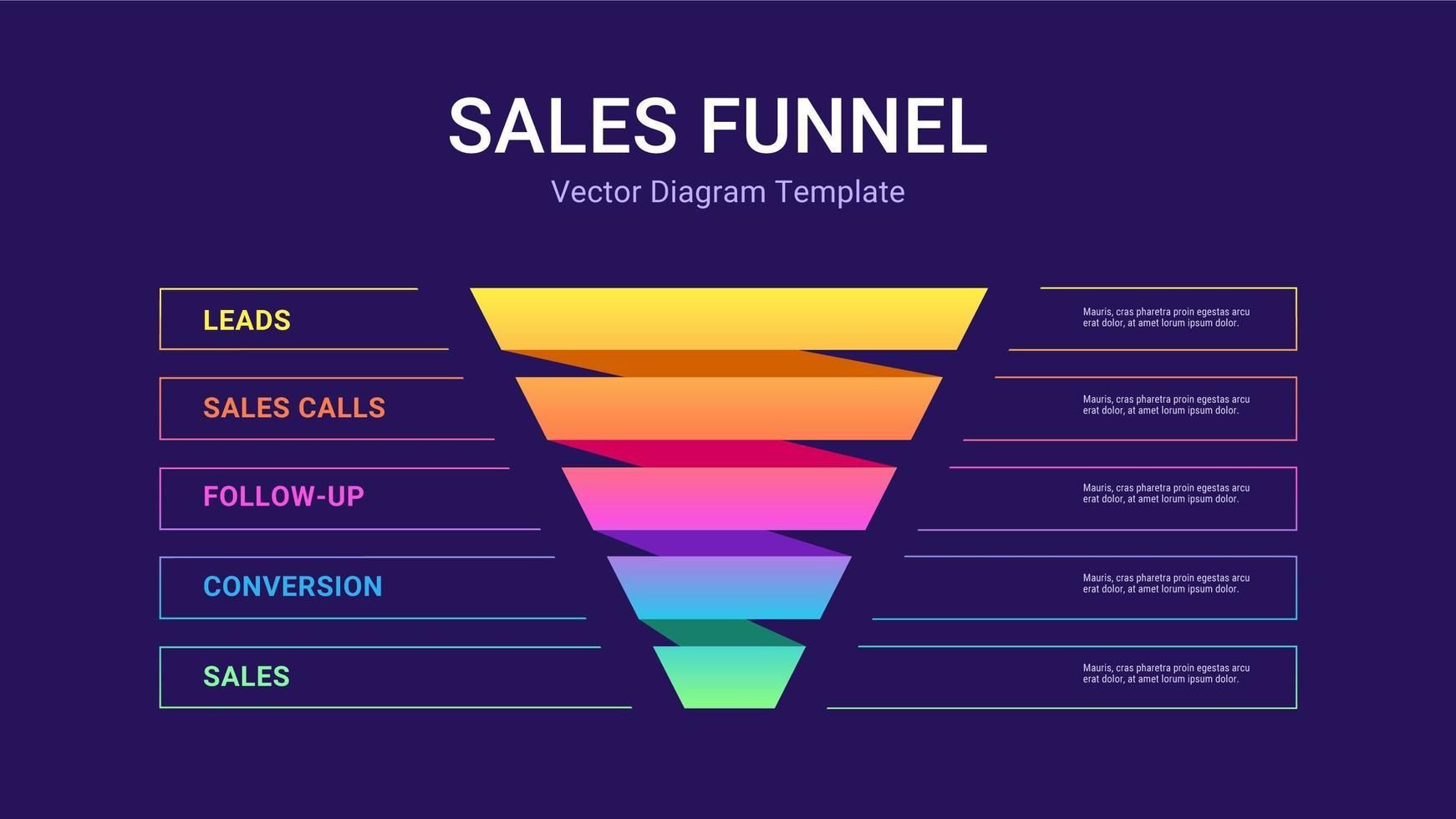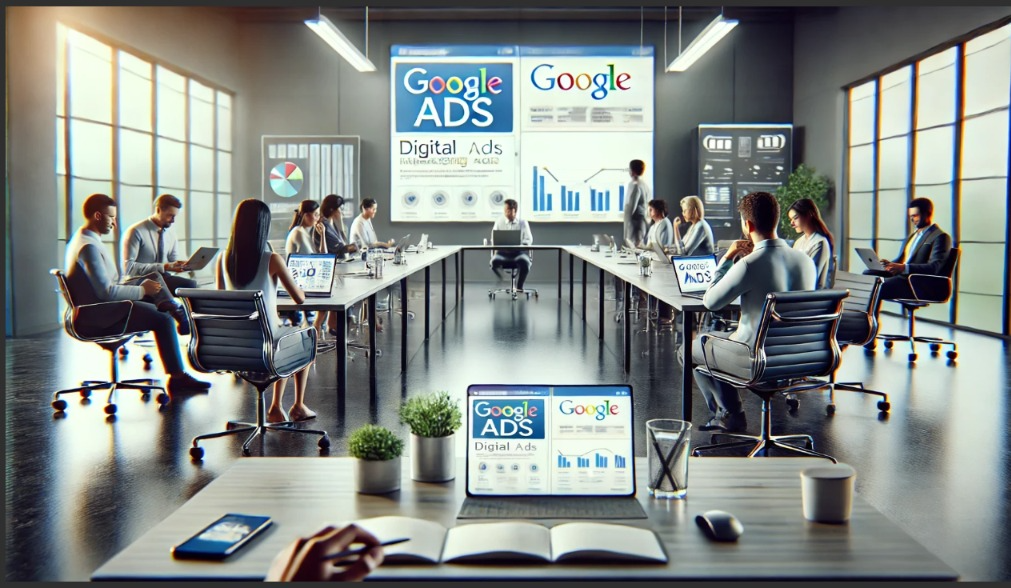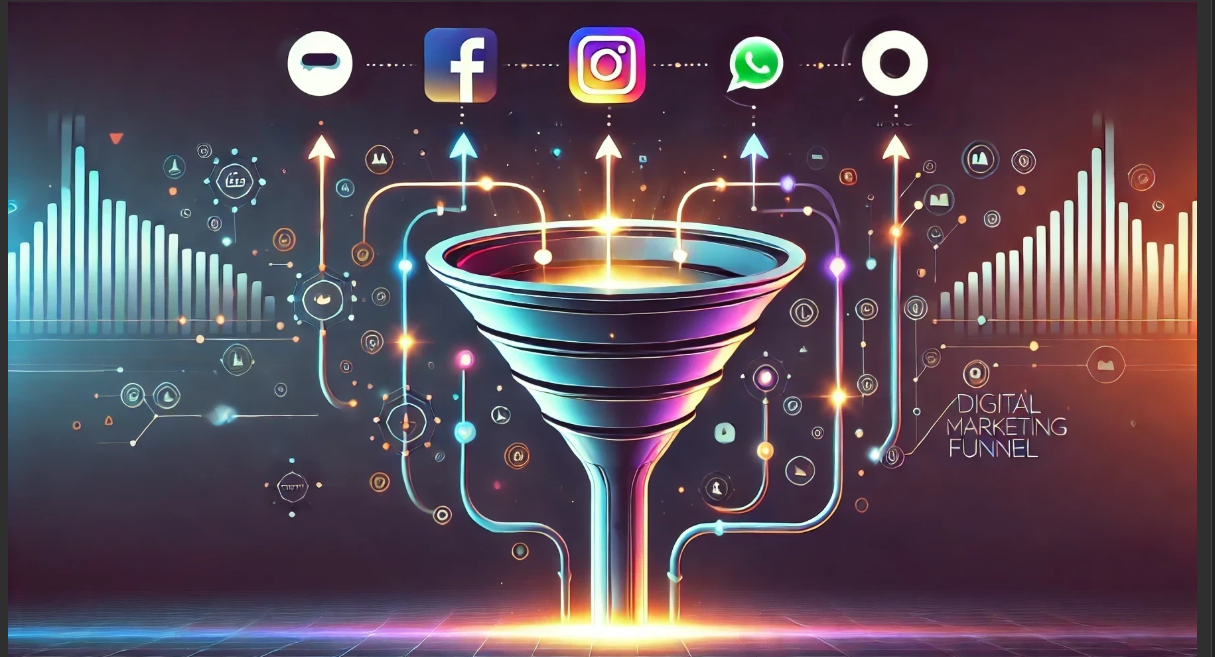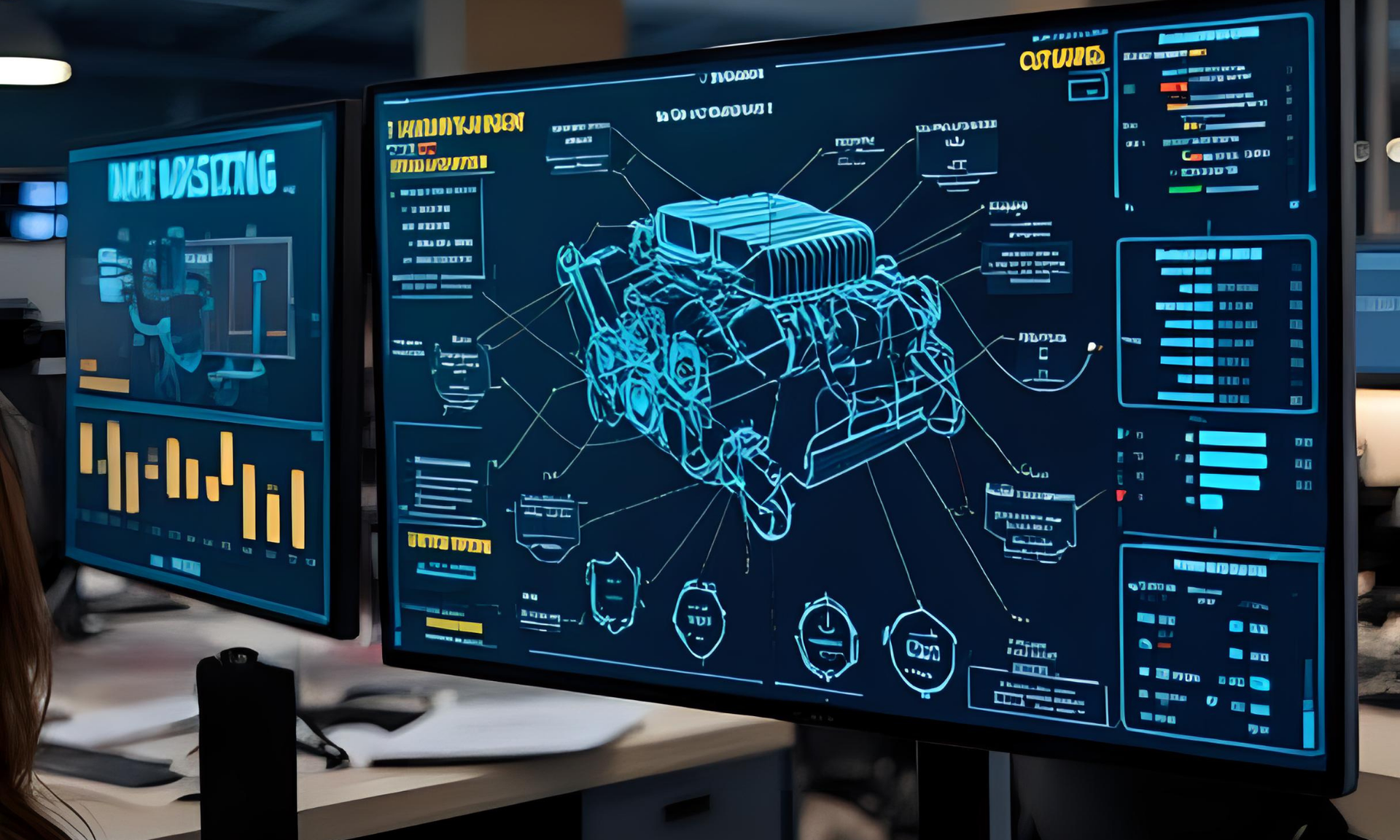Virtual Influencers in The Metaverse: A Detailed Guide
Exploring the Rise of Virtual Influencers in the Metaverse: What Does It Mean for the Future
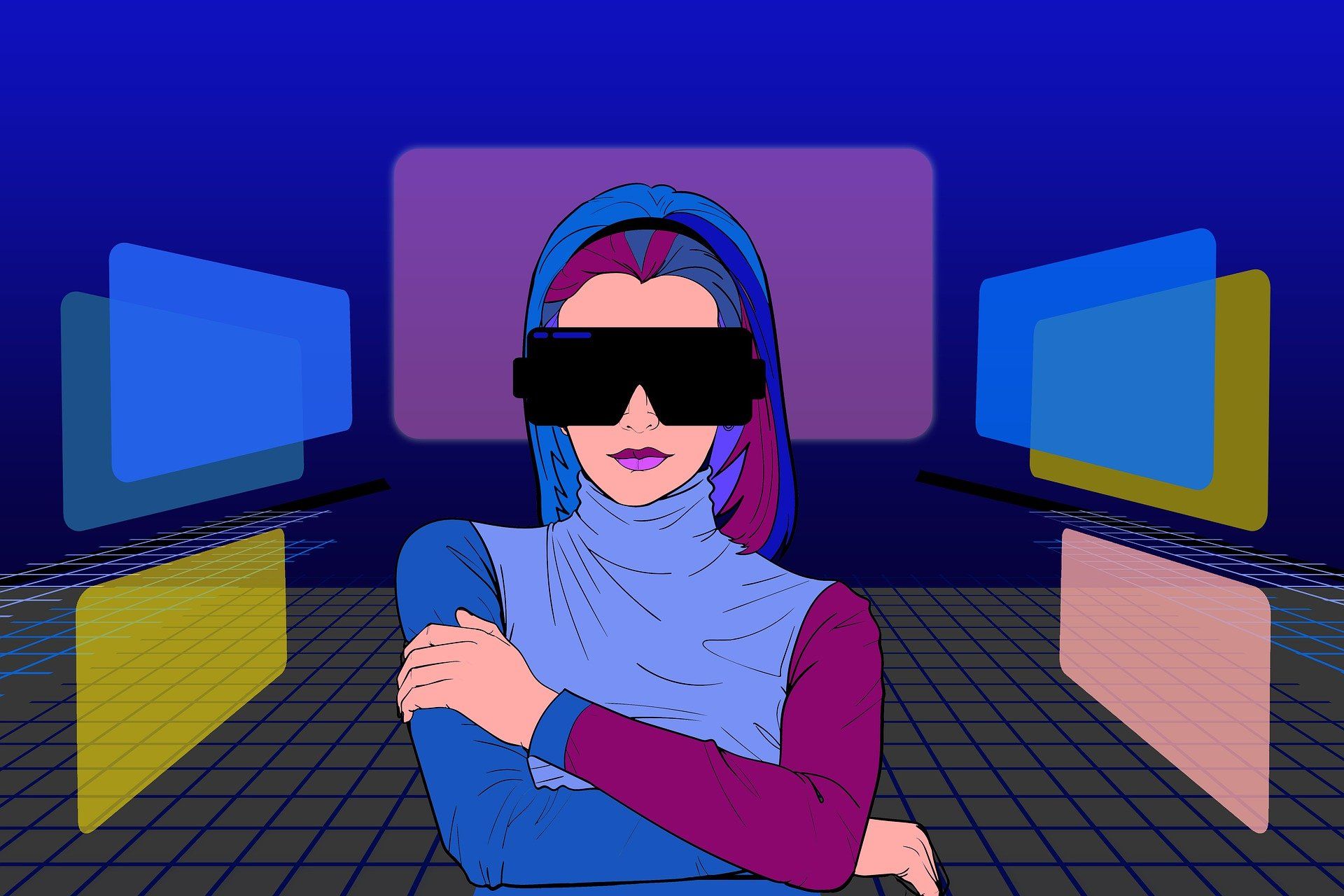
The world of influencers is rapidly changing. From traditional celebrities to Instagram models, influencers have become powerful entities in the marketing and advertising industries.
Now, however, the metaverse is introducing an entirely new type of influencer: virtual influencers. These virtual entities are being used to create immersive experiences and drive engagement with brands by tapping into a new generation of digitally savvy consumers.
As the metaverse grows, so does the potential for influencers in the virtual world, to shape the future of marketing, advertising, and even our own sense of identity. Through exploring the rise of influencers in the metaverse, we can gain insight into what the future might hold for these evolving technologies and the potential implications for society.
What are Virtual Influencers?
Virtual influencers are an emerging new class of social media influencers who operate exclusively within virtual reality; these individuals are real people, but their presence and “personality” exist only through an avatar.
These digitalized influencers are leveraging the power of emerging technologies like virtual reality and artificial intelligence to connect with brands and create immersive experiences for their audiences.
These new influencers are particularly appealing to a generation of digitally savvy consumers who grew up with technology at their fingertips and prefer to experience brands more interactively.
Influencers in the metaverse are poised to shape the future of marketing, advertising, and even our own sense of identity.
Digital avatar influencers are being used across a multitude of industries, including gaming, entertainment, hospitality, health care, and education. These digital influencers can be embodied by real people or created entirely through artificial intelligence or a mix of the two.
How Influencers Are Being Used in the Metaverse
Virtual influencers are being used in the metaverse for everything from brand awareness and content creation to education and event marketing.
Virtual influencers are being used to engage customers in a more immersive way, particularly in emerging fields like virtual reality and augmented reality.
Brands are tapping into virtual influencers to create immersive brand experiences and drive engagement with their customers through a variety of experiences, including:
- Brand Activations: Using influencers to host brand activations in the metaverse allows brands to engage customers in a more immersive way than just having a static billboard or a traditional marketing campaign.
- Localized Phygital Events: Virtual influencers can be used to create engaging in-world experiences, like hosting an in-world event or hosting a brand talk that is open to the public.
- Brand Education: Virtual influencers can be used to educate customers about a brand’s product or service offerings.
- Customer Experience: Companies can create in-world tutorials and host them in the metaverse, which allows customers to experience the tutorial in a more immersive way.
- Content Creation: Digitalized influencers are being used to create unique metaverse content for a variety of platforms and purposes, including YouTube and Twitch for both human influencers and virtual models.
The potential implications of metaverse influencers on the marketing, advertising, and identity industries
As virtual influencers rise in popularity and become more widely adopted, we can expect to see significant shifts in the way brands interact with their customers and operations.
Virtual influencers disrupt the current model for marketing, advertising, and identity that has existed since the rise of traditional celebrities in the mid-20th century.
Digital avatars have the potential to drive authentic brand experiences that are more targeted and targeted toward younger customers, who are increasingly turning away from traditional advertising.
Metaverse marketing has the potential to change the way marketers engage with customers, particularly in the areas of identity and advertising, as brands begin to rely on avatars to represent their products and services.
Digital avatars have the potential to disrupt the way we view identity, as consumers begin to interact with brands through artificial representations of themselves.

Examples of Successful Virtual Influencers
Several virtual influencers have been successful in the metaverse. Some of the most successful virtual influencers include:
- Lil Miquela: This 19-year-old Brazilian-American model has gained a massive following thanks to her unapologetic brand of millennial feminism. She has partnered with brands like Prada, Amazon, and GUESS and has over 6.5 million followers on her Instagram.
- Blawko: This virtual influencer is used by brands to target young men. This particular virtual influencer has partnered with brands like Absolut, Wonder Bread, Gatorade, and Nintendo. Here is his Instagram if you want to check it out.
- HIKVISION VR: This virtual influencer is used by brands to target Chinese consumers. This virtual influencer has partnered with brands like McDonalds, KFC, and Yum Brands.
There is a growing need for more diversity in this influencer niche. Many of the current digitalized influencers are marketing towards Gen-Z to millennials, but with only a select few voices to choose from, there is not much competition amongst influencers but an ever growing market.
There is a massive opportunity for growing your brand just as much as the growing demand for new influencers to take over in this space.
If you are interested in digitalizing yourself as an influencer, get in contact with us today for a complimentary strategy call.
Challenges in this Niche Influencer Industry
The virtual influencer industry is currently facing several challenges, including the cost of creation and the difficulty of tracking metrics.
Creating a virtual influencer from scratch can cost anywhere from $50,000 to $500,000 depending on the level of sophistication, making it a costly investment for brands.
While virtual influencers can engage customers in unique ways, there is often a lack of data about metrics like impressions and engagement.
Virtual influencers have the potential to have a significant impact on the marketing industry, but brands will have to overcome these challenges to make the most of this emerging technology.
The potential that virtual influencers have in the future
Virtual influencers have the potential to shape the future of marketing and advertising, particularly as the metaverse grows and new technologies emerge.
With the rise of new technologies like augmented reality and virtual reality, virtual influencers have the potential to create even more immersive and targeted brand experiences.
Virtual influencers have the potential to shape the way we view identity, particularly as new technologies emerge that allow us to create completely synthetic versions of ourselves.
Conclusion
Virtual influencers are changing the influencer game. From brand activations to content creation, virtual influencers are creating more immersive experiences for their audiences and driving engagement with brands.
From the potential to change the way we view identity to the rising costs to create these avatars, virtual influencers are poised to shape the future of marketing, advertising, and more.













